According to the documents of Dong Thap Provincial Museum, Dong Thanh communal house was formerly called Dong Son Dinh in Chinese characters, and was popularly known as Rach La communal house (because the communal house is located next to a canal named Rach La). In April 1979, due to changes in administrative boundaries, the communal house was called Dong Thanh communal house until now.
Dong Thanh Communal House was established around the end of the 19th century, in the context of Southern residents gradually stabilizing their lives on new land.
In the beginning, the communal house was a simple structure, built with bamboo and leaves; although rustic, it was an important center of religious activities, where people expressed their gratitude to their ancestors who reclaimed land and established villages.
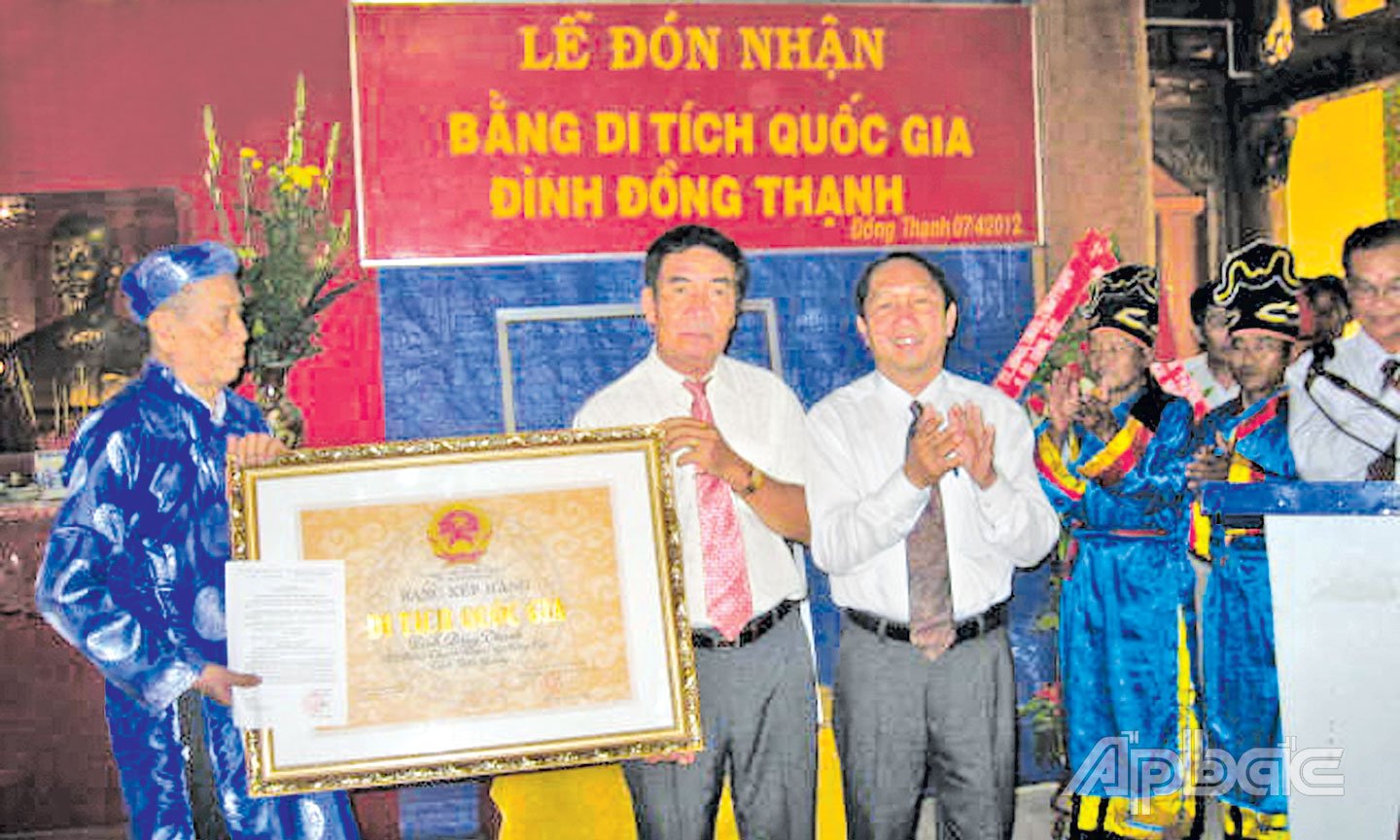 |
| In 2012, Dong Thanh Commune People's Committee held a ceremony to receive the National Architectural and Artistic Relic Certificate for Dong Thanh family. |
At the beginning of the 20th century, in the face of the wave of Western culture spreading to the South, local people had strong reactions to preserve and affirm national identity. With that spirit, Dong Thanh communal house received contributions of labor and money from the people to carry out restoration and reconstruction. The project was started to be renovated and rebuilt on a large scale and was completed in 1914.
After restoration, the communal house has a spacious and majestic appearance, with a unique architecture combining Eastern and Western styles. This fusion does not destroy the identity but on the contrary enhances the cultural characteristics of the Southern region, reflecting the spirit of harmony and creativity of the local people in cultural assimilation.
Dong Thanh Communal House was built on an 80 cm high foundation, inlaid with green stone in the shape of a turtle, the floor was paved with Chinese bricks, the walls and pillars were made of rosewood and bricks, the roof was covered with tubular tiles and yin-yang tiles. Because it was built in the French architectural style, in addition to the main door, there were many arched windows, decorated with many Western motifs, and iron doors similar to the houses of the rich in this area in the early 20th century.
| It is known that in the early 20th century, Mr. Huynh Chung and Mr. Huynh Dinh Khiem were wealthy landowners in the area who contributed 60 hectares of rice fields and mobilized money from the people in the area to rebuild the large communal house with ironwood pillars, including the main hall and guest house, which took from 1900 to 1914 to complete. According to the elders in the area, Dong Thanh communal house worships Dai Can Tu Vi Nuong Vuong (worshiping the four gods who protect seafarers) and Than Nong. In addition, people also worship people with many merits in the village and commune. |
The most unique feature of the communal house is the art of carving, decorative patterns, embossed paintings on the walls, ceramic statues... both inside and outside the communal house.
With talented hands, the artisans have arranged and harmoniously expressed traditional themes in Vietnamese sculpture with delicate, flexible lines that are very vibrant, imbued with local cultural identity, with themes that carry profound philosophical meanings, containing the dream of prosperity and eternal goodness of humankind.
Unlike other communal houses in our province, Dong Thanh communal house combines Buddhist culture; the eaves are decorated with dragons and vivid leaf patterns, the end of the roof tiles at the tip of the water drop is decorated with Bodhi leaves, inside are lotus and chrysanthemum flowers made of green glazed tiles. Similarly, on the swallow wings at the two gables of the martial house are decorated with the four sacred animals, four seasons, eight immortals, fish transforming into dragons and fruits commonly found in the locality such as custard apple, star fruit, bitter melon...
Inside the hall, the rafters, rafters, and trusses are all elaborately and meticulously carved on three sides with themes of flowers, birds, animals, and ancient legends. The walls surrounding the hall are decorated with relief paintings made of ochre, depicting the daily life on the streets and the bustling scene of boats entering and leaving the river. This is the novelty that makes the communal house unique when the contemporary cultural life of the ancients is "breathed into" the architectural art of the communal house.
During the war, especially the period 1960 - 1963, the peak of the Dong Khoi movement in the South. However, also during this period, the communal house suffered many losses and was burned down, causing the main hall of the communal house to be burned down, including the wooden walls and tiled roof - the most important and valuable parts in terms of architecture.
By 1970, the local people and the communal house association at that time had come together to raise money and labor to restore the main hall. The restored work still retained its original solemn appearance, clearly reflecting the appreciation of the cultural heritage of the local community; at the same time, demonstrating the spirit of overcoming difficulties and solidarity of the people in protecting and preserving traditional values in times of turmoil.
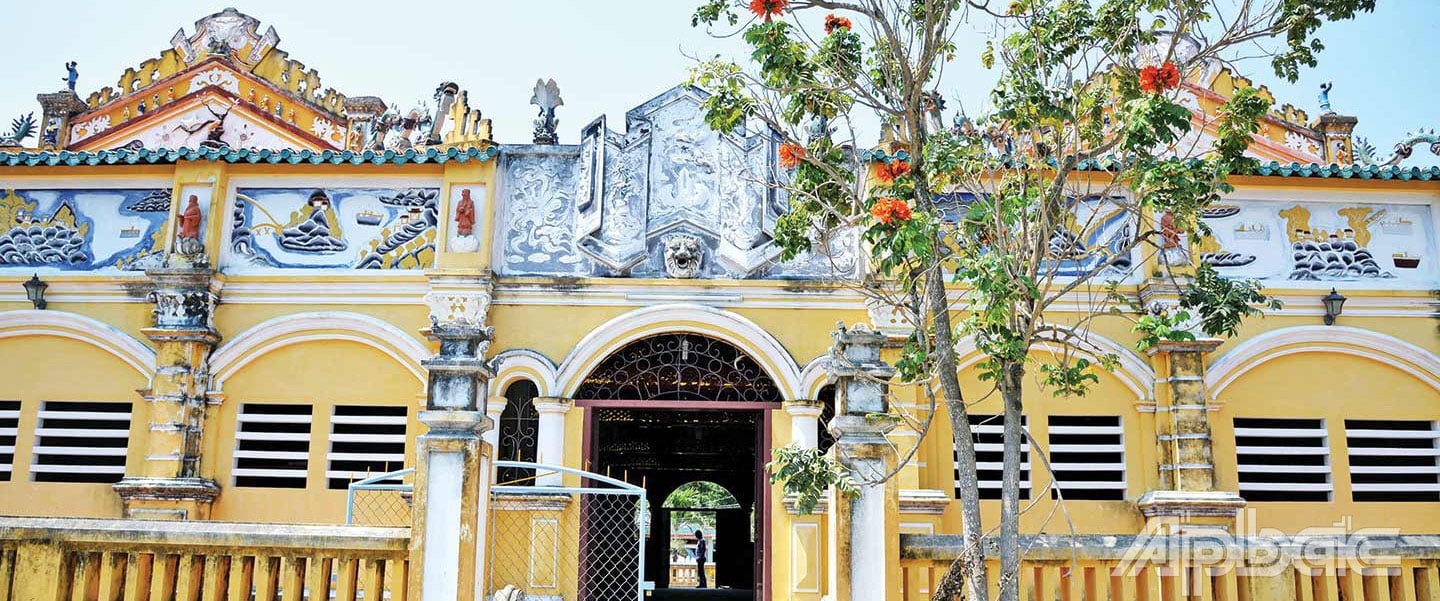 |
| In 2012, Dong Thanh Commune People's Committee held a ceremony to receive the National Architectural and Artistic Relic Certificate for Dong Thanh family. |
Every year, on the 16th, 17th of March and 16th of November of the lunar calendar, Dong Thanh communal house organizes a communal worship ceremony. On these occasions, the atmosphere at the communal house becomes crowded and bustling, clearly demonstrating the spirit of community connection and the people's respect for the ancestors who have contributed to the exploration and protection of the land.
The worship rituals are held solemnly, in accordance with the traditional customs of the Southern region, combined with folk art activities, creating a festival space that is both sacred and intimate, imbued with local cultural identity.
With its long history, unique architectural value and special role in the cultural and spiritual life of the community, Dong Thanh communal house is recognized as a precious cultural heritage of the Southern region in particular and the Vietnamese people in general.
Therefore, the restoration of the communal house and the promotion of cultural heritage values need more attention from the authorities at all levels, the cultural sector, as well as the cooperation of local people. Because preserving Dong Thanh communal house is not only preserving an architectural work, but also preserving historical memories, preserving traditional cultural values, and the morality of "remembering the source of water when drinking" of our nation.
With its architectural, artistic and historical cultural values, in 2000, Dong Thanh communal house was ranked as an architectural and artistic relic by the People's Committee of Tien Giang province. In 2009, Dong Thanh communal house was ranked as a national architectural and artistic relic by the Ministry of Culture, Sports and Tourism.
LIGHTHOUSE
Source: https://baoapbac.vn/van-hoa-nghe-thuat/202507/dinh-dong-thanh-noi-luu-giu-tinh-hoa-kien-truc-nam-bo-1046877/



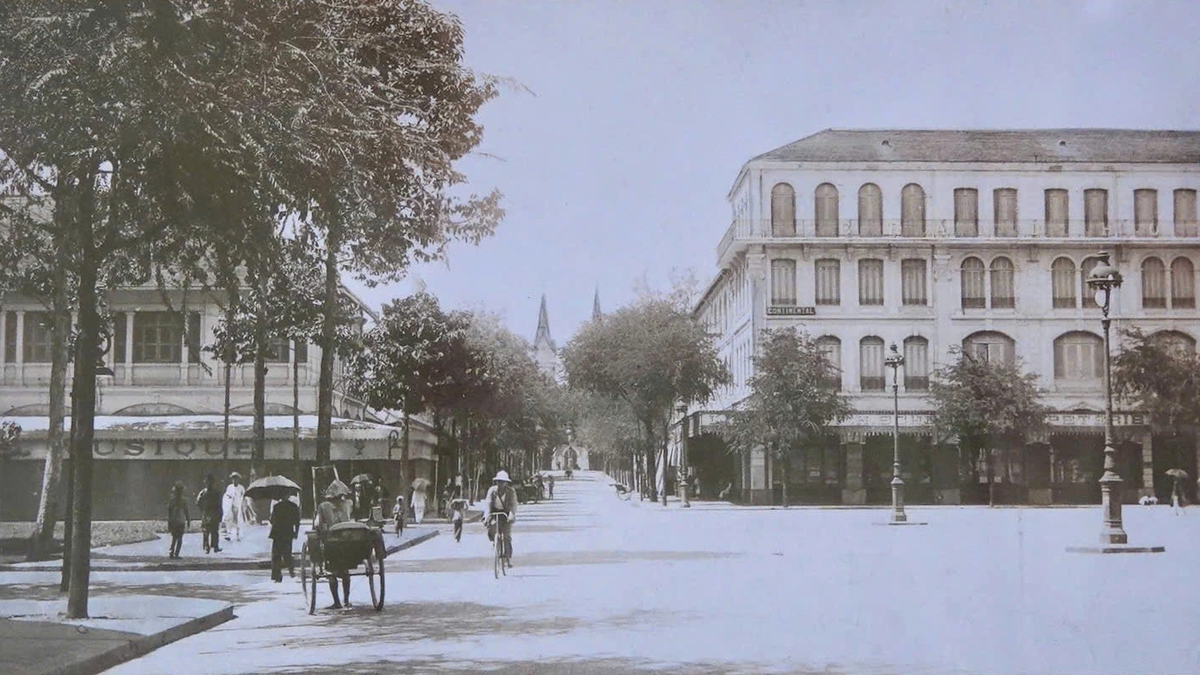
![[Photo] Solemn opening of the 10th Session, 15th National Assembly](https://vphoto.vietnam.vn/thumb/1200x675/vietnam/resource/IMAGE/2025/10/20/1760937111622_ndo_br_1-202-jpg.webp)
![[Photo] Chairman of the Hungarian Parliament visits President Ho Chi Minh's Mausoleum](https://vphoto.vietnam.vn/thumb/1200x675/vietnam/resource/IMAGE/2025/10/20/1760941009023_ndo_br_hungary-jpg.webp)
![[Photo] Prime Minister Pham Minh Chinh meets with Speaker of the Hungarian National Assembly Kover Laszlo](https://vphoto.vietnam.vn/thumb/1200x675/vietnam/resource/IMAGE/2025/10/20/1760970413415_dsc-8111-jpg.webp)
![[Photo] National Assembly Chairman Tran Thanh Man holds talks with Hungarian National Assembly Chairman Kover Laszlo](https://vphoto.vietnam.vn/thumb/1200x675/vietnam/resource/IMAGE/2025/10/20/1760952711347_ndo_br_bnd-1603-jpg.webp)
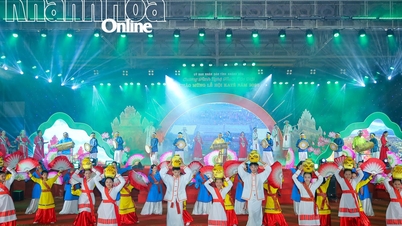



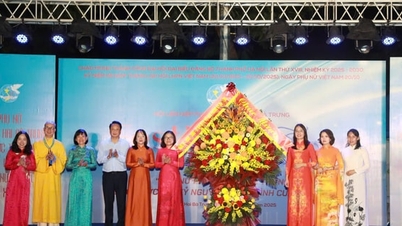

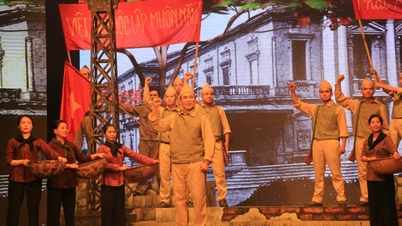

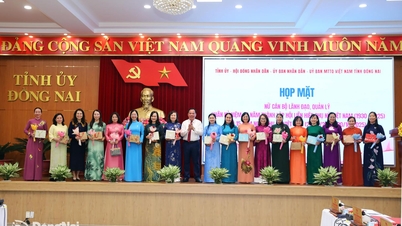





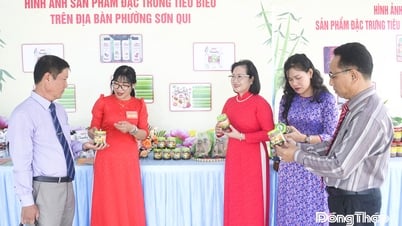
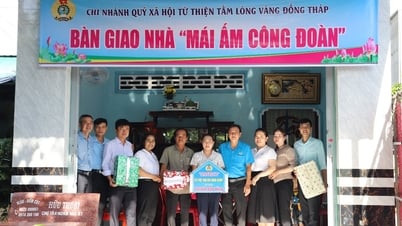
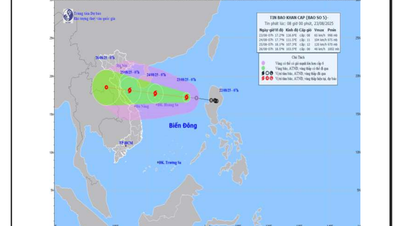

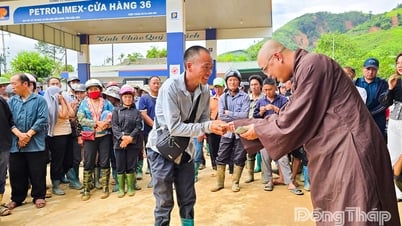

![[Photo] The Steering Committee of the 2025 Fall Fair checks the progress of the organization](https://vphoto.vietnam.vn/thumb/1200x675/vietnam/resource/IMAGE/2025/10/20/1760918203241_nam-5371-jpg.webp)


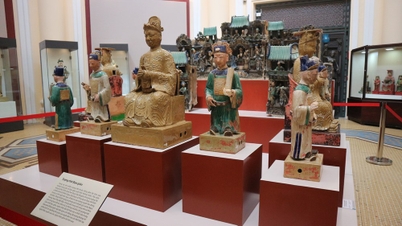
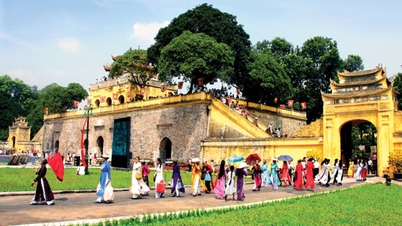
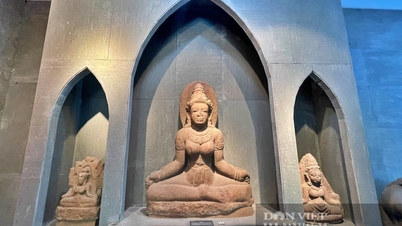

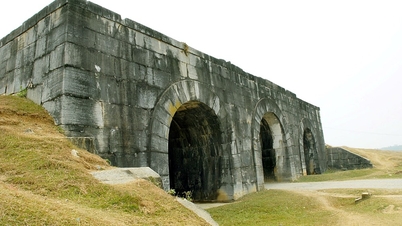
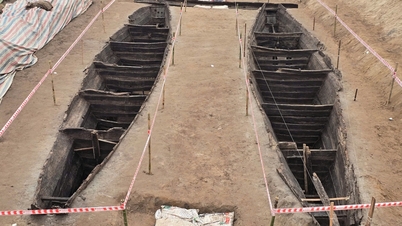

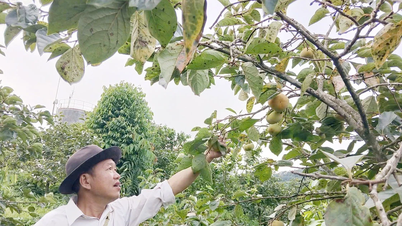

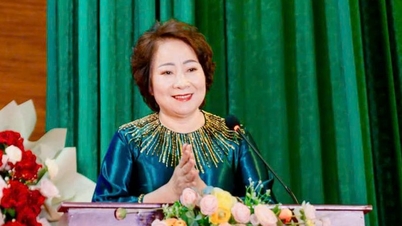



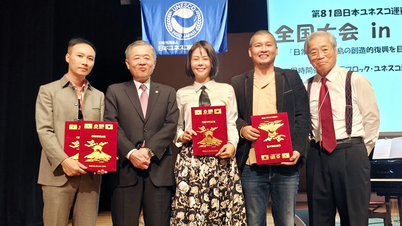

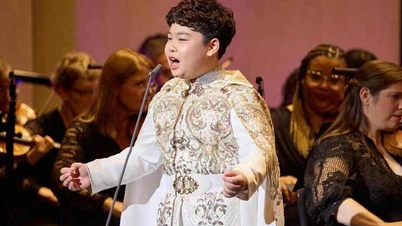

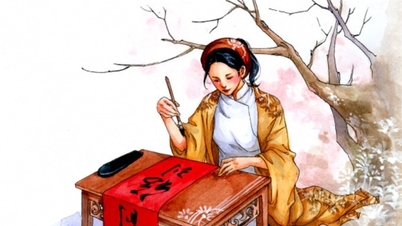




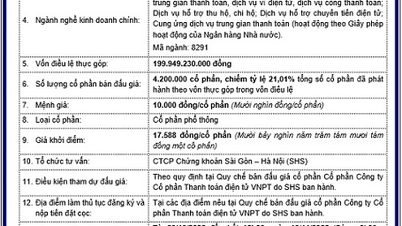
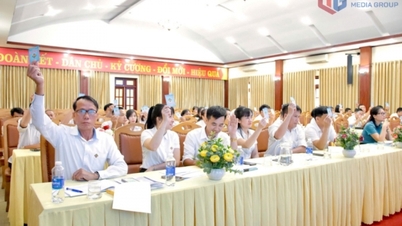











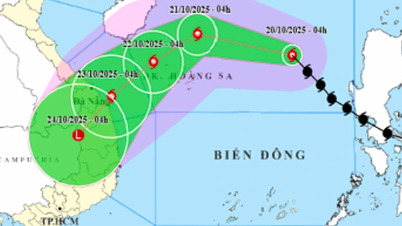



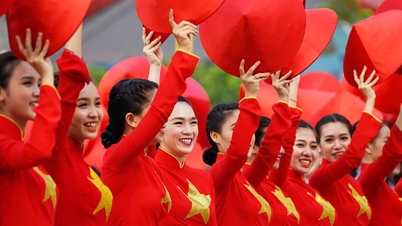

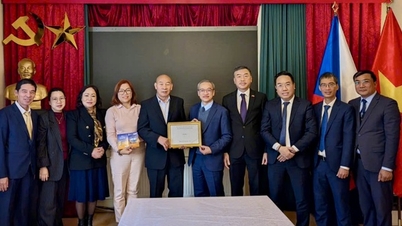

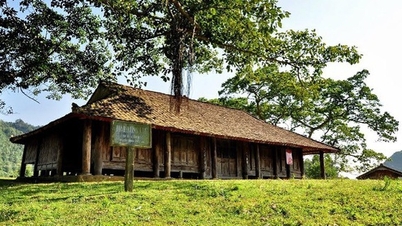








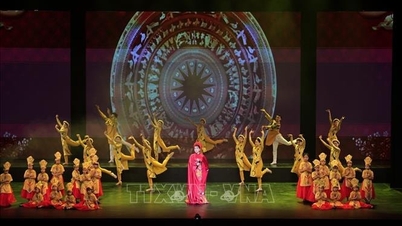

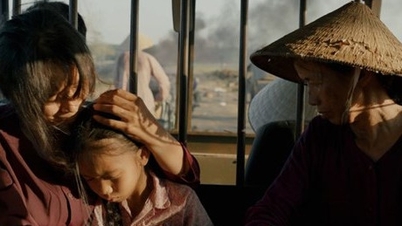
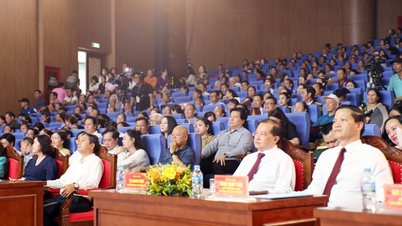

















Comment (0)